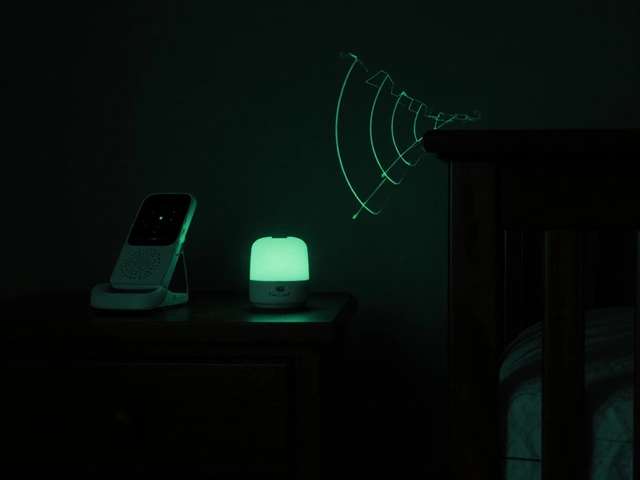PIR Sensors – The Simple Way to Boost Your Home Security
If you’ve ever wondered why most alarm systems use a tiny box with a lens instead of a camera, the answer is usually a PIR sensor. PIR stands for Passive Infrared, and it’s the tech that senses the heat your body gives off. The result? A reliable motion detector that works day and night without spying on you.
How PIR Sensors Detect Motion
Inside a PIR sensor you’ll find a pair of thermopile elements and a Fresnel lens. When something warm moves across its field of view, the thermopiles notice a sudden temperature shift. The sensor then flips a switch that tells your alarm panel, lighting controller, or smart hub that motion has been detected.
Because the sensor only reacts to changes in infrared heat, it ignores static objects like furniture, pets (if you set the right sensitivity), or sunlight streaming through a window. That makes it far less likely to trigger false alarms compared to microwave or dual‑tech detectors.
Most modern PIR units are tuned for a detection range of 5‑12 metres and a field of view of 90‑180 degrees. Some models let you adjust the tilt or add extra lenses to cover corners, which is handy for oddly shaped rooms.
Picking the Best PIR Sensor for Your Home
Here’s a quick cheat‑sheet to help you choose the right sensor:
- Coverage area: Measure the room and pick a sensor whose range and angle cover the whole space without blind spots.
- Pet immunity: If you have cats or dogs, look for a sensor that ignores movements under 15 kg. Most UK‑based models list this spec.
- Power source: Wired sensors connect to your home’s alarm wiring, while battery‑run units give you flexibility for hard‑to‑reach spots. Battery life now runs 5‑10 years with low‑drain chips.
- Integration: Make sure the sensor talks to your existing system – whether it’s a traditional alarm panel, a Zigbee hub, or the Birmingham Security Command Center’s monitoring service.
- Weather rating: For outdoor use choose a sensor with at least IP65 rating so rain and dust won’t short it out.
Once you have the right model, installation is usually a matter of mounting the sensor 2‑3 metres up on a wall or ceiling, aiming it at the most likely entry points, and connecting it to power or your alarm’s zone wires. If you’re not comfortable with low‑voltage wiring, a professional installer can do it in under an hour.
After it’s up, test the sensor by walking through its field. Most units have a built‑in test button that flashes a LED when motion is detected. Adjust the tilt or add a reflector if you notice any blind spots.
Because PIR sensors only need a tiny amount of power, they’re perfect for the Birmingham Security Command Center’s 24/7 monitoring service. The centre can receive instant alerts when a sensor trips, verify the event with a camera (if you have one), and dispatch help if needed.
In short, a PIR sensor gives you reliable motion detection without the privacy worries of a camera. It’s affordable, low‑maintenance, and works with most alarm systems on the market today.
Ready to upgrade? Browse the latest PIR models, compare specs, and ask Birmingham Security Command Center for a quick installation quote. A modest sensor can make a huge difference in keeping your home safe and giving you peace of mind.


